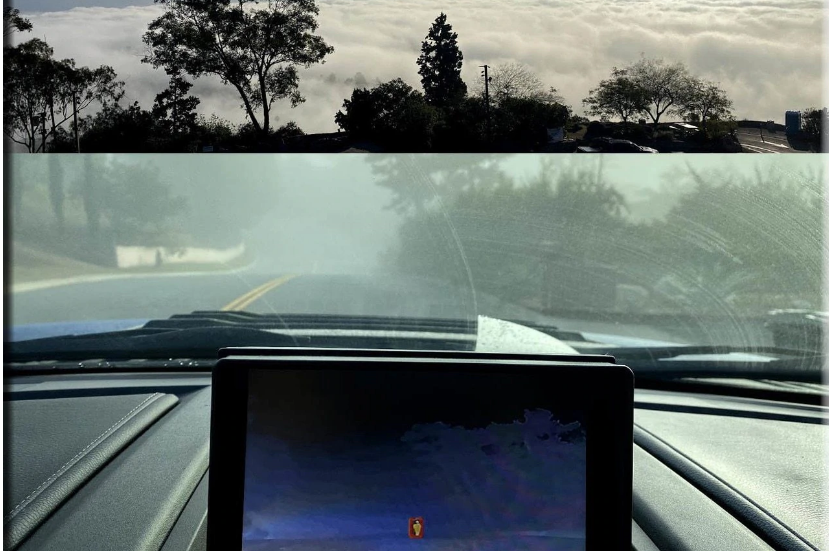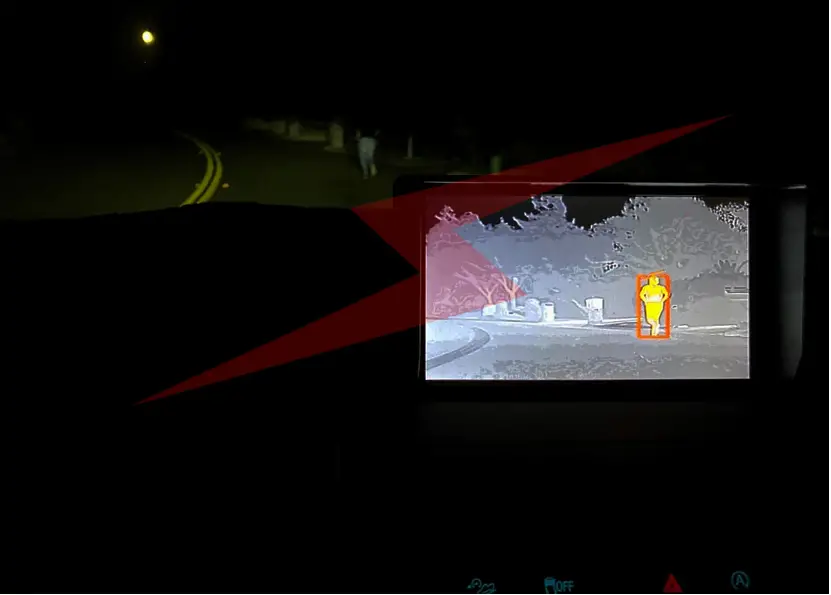The current ADAS or advanced driver assistance system largely depends on thermal cameras. With infrared imaging, these cameras provide night vision to avoid collisions and fatalities. Since the roads can be predictable, you need an intelligent sensor system to make your driving safe.
Buying an infrared deer detector for car is a smart decision in this regard. Thermal imaging enhances the vision of a driver under challenging conditions like dust, fog, haze, sun glare, dark, and smoke.
Components of an Infrared Deer Detector

A comprehensive night vision system is equipped with a thermal imaging camera and a head-up display. The camera on the device uses thermal energy and infrared signatures to create presentable displays. It uses heat sensors to view the subject matter, even without visibility on the road.
The camera detects infrared energy and converts the same into electronic signals. It processes the signals to create thermal images on the video monitor while performing temperature performances. The best part is that you can precisely measure or quantify heat signatures captured by the camera. With this information, you can not only monitor the thermal images but also evaluate any issues at the right time.
Invest in a night vision system that comes with a standard video connector to allow display on the screen in your car. It works with a video input device to display images.
Artificial Intelligence Brings Precision
The advanced driver assistance systems rely on artificial intelligence to provide a comprehensive safety mechanism for the vehicles. The custom AI helps to read the infrared signatures of the moving targets in front of the car and sends audible alerts to the driver to hit the brakes.
Choose a system that provides maximum detection rate with a minimum consumption of system energy.
Also Read:
- Top 5 Best Vacuum Cleaner for Car to Buy
- Anti-lock Braking System (ABS) – Working Principle, Main Components with Advantages and Disadvantages
- How Power Steering System Works? – Best Explanation
Thermal Sensors Hold the Key

In an infrared deer detector for car, thermal cameras are the most effective component to identify and classify potential threats with immediate effect. They use thermal sensor technology that can detect wavelengths of the electromagnetic spectrum. Hence, you can quickly identify the road hazards even from a distance of 3000 ft or more.
For example, a standard visible camera can catch the signals from the objects on the roads, but other obstacles in the environment camouflage them. As a result, the camera may fail to capture the radar signal of a pedestrian partially obstructed by another vehicle or foliage.
But, thermal cameras are designed to see through the foliage since they can detect the heat of an animal or a person and differentiate it from the surrounding ecosystem. Using the IR LED, it illuminates the area in front of the thermal camera and provides sufficient reaction time to the driver.
Bringing Affordability to Night Vision
A significant case against the night vision systems is their high costs. However, with automation and mass production, the devices have become affordable to a great extent. Continuous innovation and improvements in the design and yield of the camera also reduce the costs.
Compare these costs with the cost of repairs and fatalities caused due to collisions with animals on the roads. They provide quite affordable solutions to make your driving safer, even under hazy or foggy road conditions.









